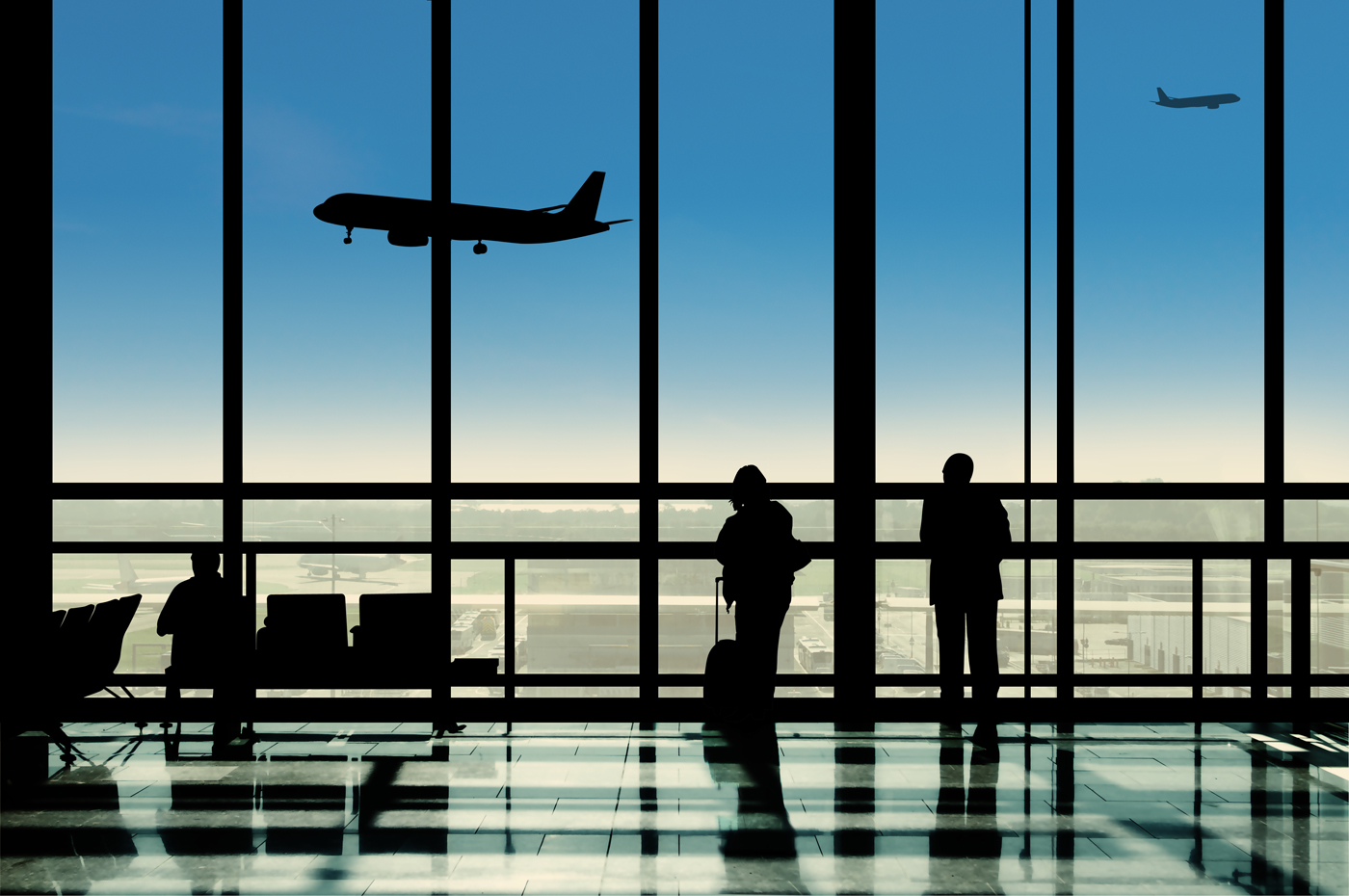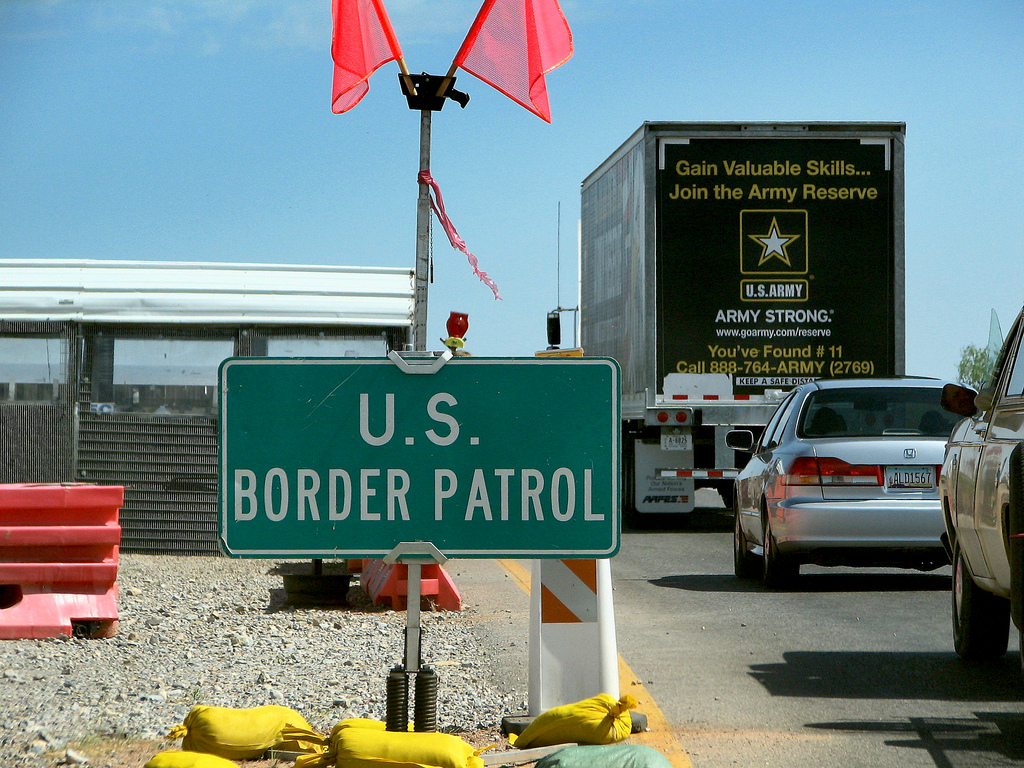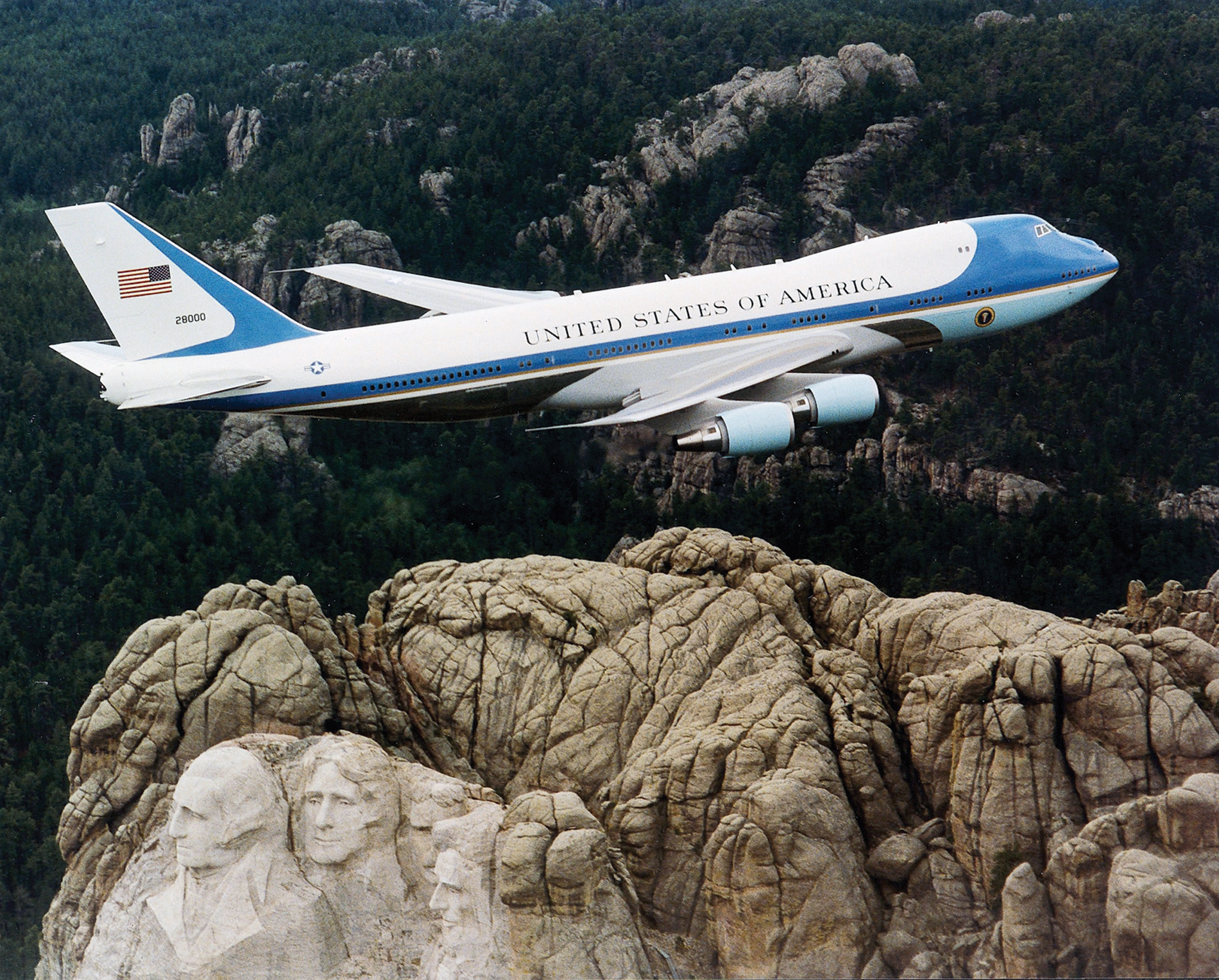-
The Cipher Brief Publishes Command Principal Jennifer Arangio’s Article “Smart Travel”

Most national security and intelligence professionals believe the recent terror attacks in Paris were a game changing and defining moment in the world’s war on terror. Madrid, London, and Mumbai, as well as the recent Metrojet and Beirut bombings were all horrific, but Paris was different. The attack on a western capital known for its joie de vivre and carefree lifestyle created a level of anxiety about our everyday surroundings not seen since the tragedy of 9/11.
The anxiety may reduce overall travel in western nations for a short while, but historically, events like Paris do not deter travel for long. Perhaps it’s the “if we change our way of life, the terrorists win” mantra or the belief that traveling in times of heightened security is a show of solidarity with the assaulted nation. No matter the reason, there are some common sense best practices all travelers should follow, post-Paris.
To read the full article please go to: The Cipher Brief
-
“A Commonsense Approach” a TCB Article by Command Partners W. Ralph Basham and Steve Atkiss

In terms of security, since its current borders were defined, the United States of America has been blessed with two vast oceans to its East and West, a friendly neighbor to the North, and a non-threatening neighbor to the South. This traditionally afforded us the luxury of not having to invest in, or be much concerned with, the security of our physical borders. Instead, our border security efforts were focused on the legal immigration infrastructure, including the system of quotas and processing of inbound soon-to-be Americans, mostly from Europe, at places like Ellis Island.
After the Great Depression, when legal immigration plummeted, the legal framework and processing capacity never recovered. Instead, we mostly adopted a “look the other way” approach to immigrants, the vast majority of which were coming from Mexico and points further South, many illegally and motivated by the same thing that drew earlier waves of European immigrants – the prospect of a better life.
The attacks of September 11th will forever mark a dramatic turning point in the history of the United States and a moment when everyday Americans and policymakers could understand what those of us in the security business had known for a long time: Our geographic isolation could no longer protect us from the dangers of the modern world. The unfortunately usual political bickering, grandstanding, and stratification of our society have since prevented the implementation of a common-sense approach to securing our border in the modern age that, on the one hand, recognizes this new security reality, while on the other, respects the foundation of this country as a nation of immigrants and addresses the needs of our economy. As a result, our ability to maintain a safe, prosperous, and spiritually healthy country is suffering.
To read the full article please go to: The Cipher Brief
-
Command Partner Joseph Hagin Quoted in The New York Times about Air Force One

President Obama has already made clear what he will miss the most when he leaves office in 15 months. “People sometimes ask me what the biggest perk of being president is,” he told visitors at the White House last week. “No. 1 is the plane.”
In September, he told another audience that “the plane is nice” and that unfortunately for him “my lease is running out,” so he might soon have to “start taking off my shoes again going through security.” In Kenya in July, he noted that when he visited as a young man his luggage was lost: “That doesn’t happen on Air Force One.”
Let’s face it: The plane is, in fact, pretty nice, and the president’s luggage is indeed very rarely lost. But the plane is also getting old. And so after more than a million miles of flying while in office, its current primary passenger is planning to bequeath his successor — or perhaps his successor’s successor — a new-and-improved Air Force One spiffed up for the smartphone age.
“It’s way overdue,” said Joseph W. Hagin, a White House deputy chief of staff under President George W. Bush who initiated plans for a new plane only to see them shelved when the nation’s finances grew precarious.
You can hang new engines on it, you can cram all sorts of new technology on it, but it’s still a very old airplane.
To read the full article please go to: The New York Times